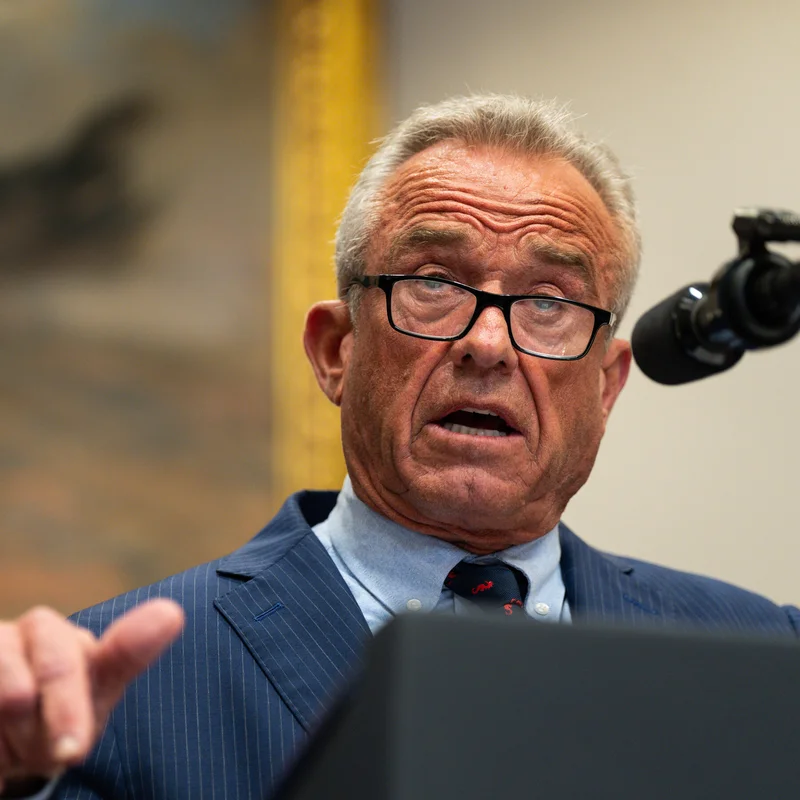Table of Contents
- The Young Lords and Lincoln Hospital
- From Methadone to Acupuncture: A Radical Shift
- Legacy of Lincoln Detox
- Why This History Matters Today
- Sources
The Young Lords and Lincoln Hospital
In the fall of 1970, the South Bronx was in crisis. Heroin addiction was rampant, poverty was crushing, and Lincoln Hospital—nicknamed “the butcher shop” by locals—was a symbol of systemic neglect. Enter the Young Lords: a radical Puerto Rican civil rights group inspired by global liberation movements and deeply rooted in community needs.
On July 14, 1970, they staged their first takeover of Lincoln Hospital, demanding better care, more staff, and a dedicated drug detox center. The action lasted just one day but drew national attention. Frustrated by empty promises, they returned on November 10—this time with a plan.
“Our parents raised us right,” said Mickey Melendez, a Young Lords co-founder. “Always ask first, and if they don’t acquiesce, then you figure out what to do.”
With community and even some hospital staff behind them, the Young Lords occupied the hospital’s auditorium and launched Lincoln Detox—a clinic that would change how America treats addiction.
From Methadone to Acupuncture: A Radical Shift
Initially, Lincoln Detox used methadone, the standard treatment at the time. But many activists, including nursing student Walter Bosque del Rio, saw it as “liquid handcuffs”—a state-sanctioned replacement drug that kept people dependent.
Then, in 1971, they heard about an acupuncturist in Thailand using ear needles to reduce opium cravings. Intrigued, a group traveled to Chinatown, bought needles and charts, and began practicing—first on oranges, then on each other.
What they discovered was transformative: stimulating five specific points in the ear eased anxiety, reduced cravings, and supported withdrawal—without pharmaceuticals.
| Traditional Methadone Approach | Lincoln Detox Acupuncture Model |
|---|---|
| Pharmaceutical dependency | Non-pharmaceutical, holistic |
| Strict dosing schedules | Flexible, community-based sessions |
| Risk of accidental ingestion (esp. by children) | No risk of overdose or misuse |
| Medical supervision required | Peer-led, culturally responsive care |
By mid-1971, the clinic was treating 600 patients every 10 days. People came from New Jersey, Connecticut, and Pennsylvania. Skeptics were won over when staff broke open needles to prove they were empty—addressing fears head-on.
Legacy of Lincoln Detox
Despite its success, political pressure mounted. In 1978, Mayor Ed Koch’s administration forcibly shut down the clinic, calling the activists “thugs.” But the model lived on.
In 1985, Dr. Michael Smith—a former Lincoln Hospital physician—founded the National Acupuncture Detoxification Association (NADA), standardizing the five-point ear protocol developed in the Bronx. Today, NADA is used in prisons, rehab centers, disaster zones, and trauma clinics worldwide.
“I grew up going to Lincoln Hospital with asthma attacks as a young child in the 1970s and watching the South Bronx burn,” said Juan Cortez, a NADA trainer and former patient. “Now I teach this protocol. It’s full circle.”
Why This History Matters Today
As the U.S. grapples with the opioid epidemic, the Young Lords’ story offers a powerful lesson: effective healthcare must be community-driven, culturally competent, and free from profit motives. Their work proved that marginalized communities don’t just need care—they can lead its creation.
The Young Lords didn’t wait for permission. They built a system that worked—because they had to.
Sources
- The New York Times: How a Hospital Takeover Changed How We Treat Addiction in America
- National Acupuncture Detoxification Association (NADA)
- Fernandez, Johanna. The Young Lords: A Reader. NYU Press.



